― Mark Twain, The Innocents Abroad/Roughing It
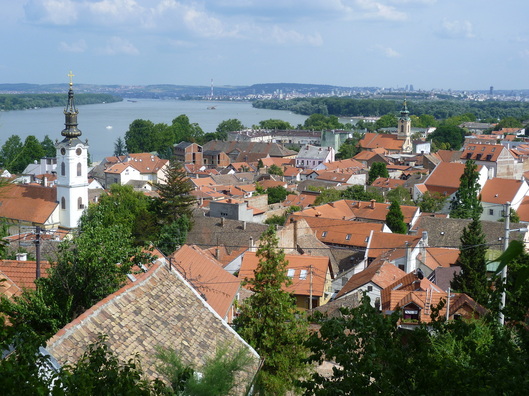 A view from the hills over the Danube in the Belgrade neighborhood of Zemun.
A view from the hills over the Danube in the Belgrade neighborhood of Zemun. I discovered in this Balkan country a people curious and eager to engage with outsiders.
What's more, Serbia's isolation has preserved unusual ways of living and thinking. In Belgrade I developed a unique sense of place that went beyond its green environment. I also observed at close hand how political and economic dislocation can impact the quality of the urban environment.
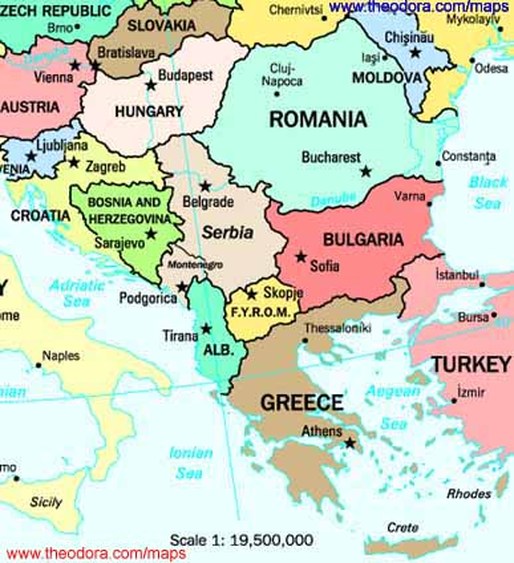 The Balkans
The Balkans 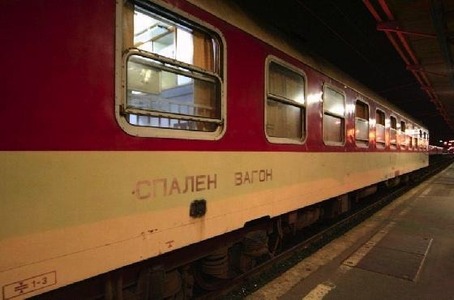
I felt both the centrality and remoteness of Serbia. Although only slightly over 3 hours from Budapest, the border brought me into a world that was markedly different. The look of country towns in Serbia, run down but still quaint, with old Zastavas and East-German Trabants and Wartburgs still on the roads, reminded me of the eastern Europe I knew 20 years ago. But there was something pleasant about this countryside, too. The fields were well tended and efforts were made to keep even train stations tidy. From Subotica, we continued for another 3 hours, through unending fields of sunflowers and maize, until we arrived at the limit of what had once been the Austro-Hungarian empire: the Danube crossing to Belgrade.
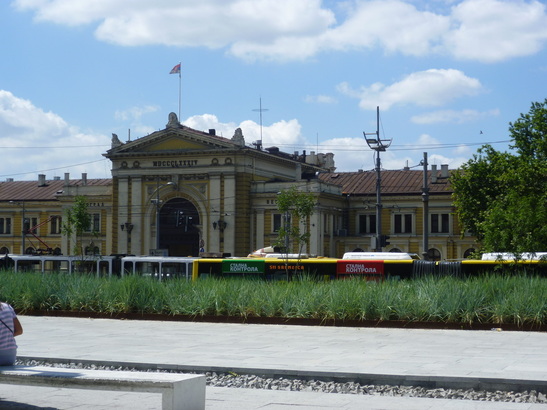 Belgrade's main train station, seemingly unchanged in decades.
Belgrade's main train station, seemingly unchanged in decades. But this city fascinated me. Once the proud capital of the much larger Yugoslavia, Belgrade is now a diminished city abuzz with conspiracy theories in the grip of what I must call a siege mentality. The economic and political catastrophe that fuels this sort of thinking is easy to see across the country, but in Belgrade particularly it struck me daily how tenuous a country's fortunes can be - especially when under the influence of unbridled nationalism.
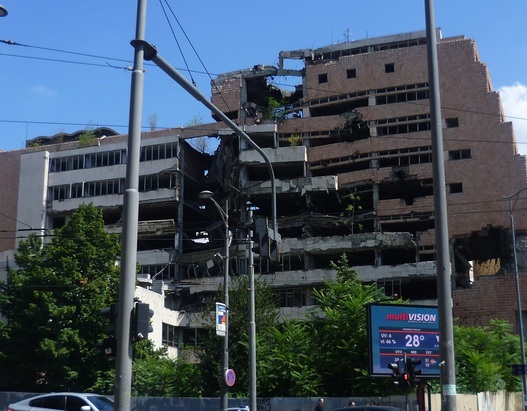 The bombed out and abandoned former Ministry of Defense building
The bombed out and abandoned former Ministry of Defense building However, Belgrade, like so often in its troubled history, is emerging from disaster and remaking itself. And this period of pain is not exceptional. A long history of shifting control and influence, from Roman times to the present, has left Belgrade overrun, burned to the ground and repopulated dozens of times in its history. In fact, there are no buildings that predate the 18th century here despite a history that extends thousands of years into the past.
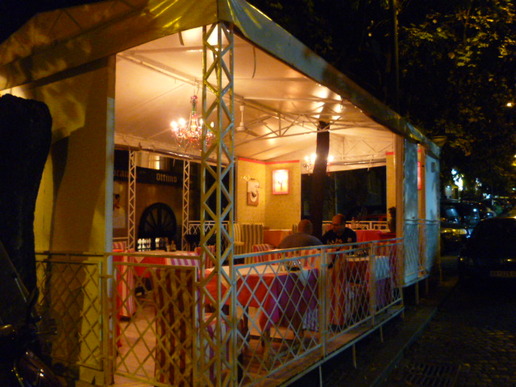 A typically covered cafe near the university at night.
A typically covered cafe near the university at night. A thought that struck me repeatedly was that if this city existed outside of Europe, maybe somewhere in Latin America, it would be celebrated as a gem of European architecture and culture. Instead, it vies for attention with Budapest, Vienna and other cities of central and southeastern Europe. It's tough competition.
But what about the green face of Belgrade? It's not the first thing that would come to mind upon a visit here, but Belgrade is in fact a very green city for a number of reasons. First of all, it is a city of pedestrians and people using public transportation. Serbian per capita consumption of petroleum is only one fifth that of the average US citizen. Most people walk to do their shopping, and there is an excellent system of buses and trams, far superior to what you would find in cities at this economic level in other parts of the world. In fact, although Serbia has a GDP per head on par with countries such as Colombia and Peru, in terms of public transport, Belgrade is more like cities in other parts of Europe.
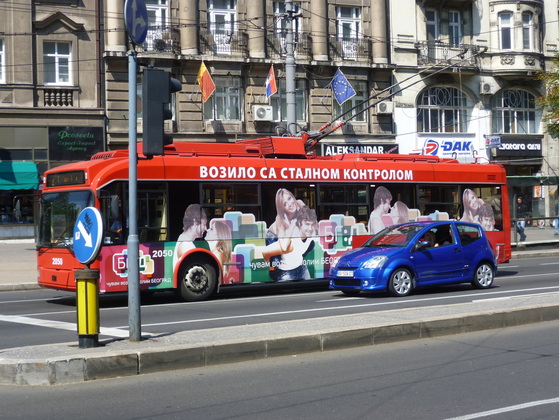 One of the relatively new electric buses imported from Byelorussia.
One of the relatively new electric buses imported from Byelorussia. 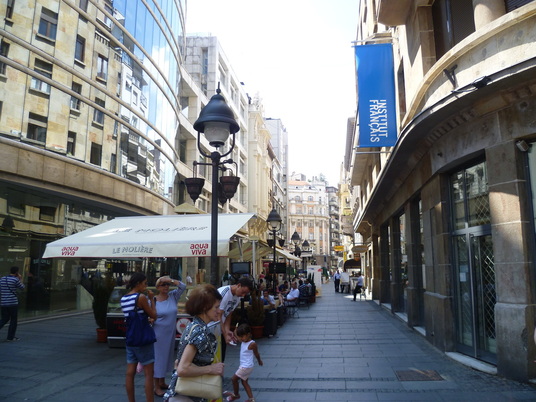 Typical pedestrian street in the center of Belgrade.
Typical pedestrian street in the center of Belgrade. 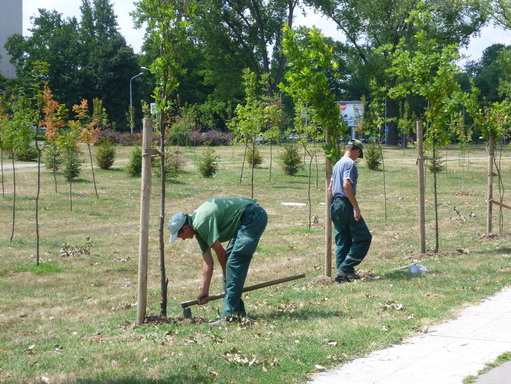 Men at work planting trees in a park along the Danube.
Men at work planting trees in a park along the Danube. 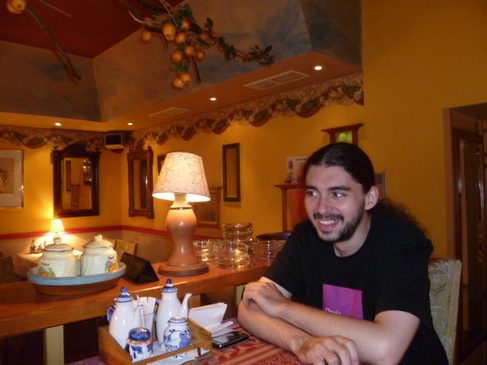 My dear friend Milos, who made Belgrade home for me.
My dear friend Milos, who made Belgrade home for me. 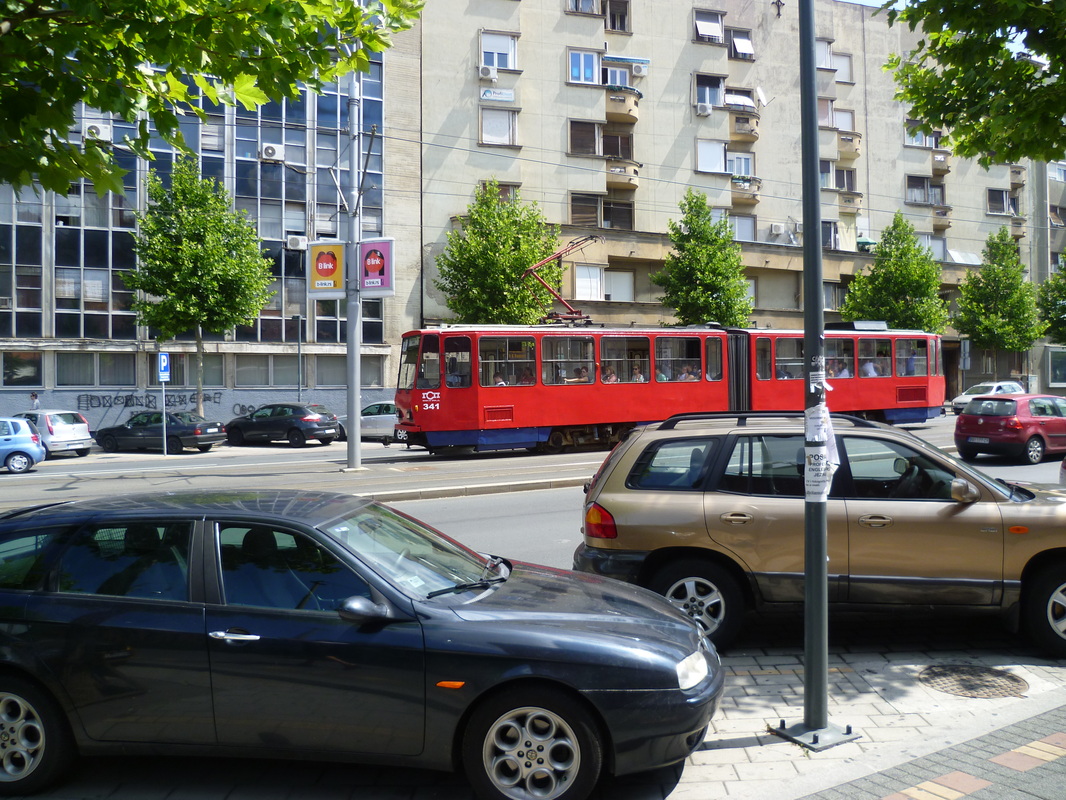
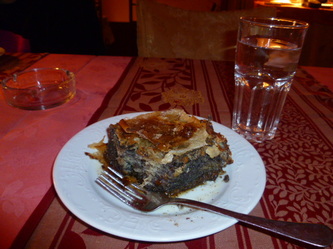
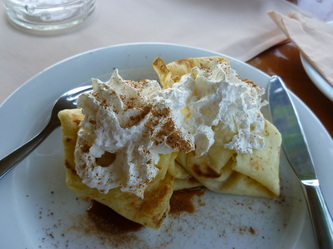
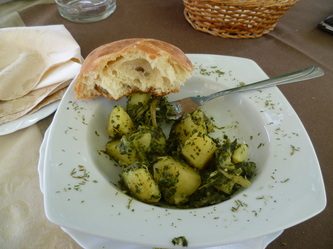
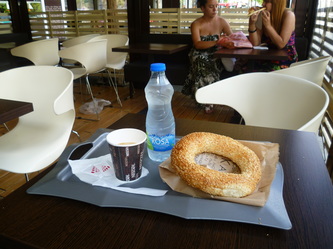
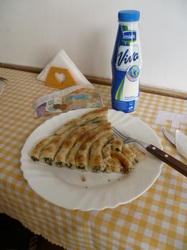
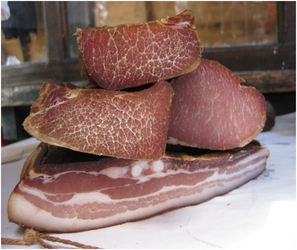

 RSS Feed
RSS Feed

